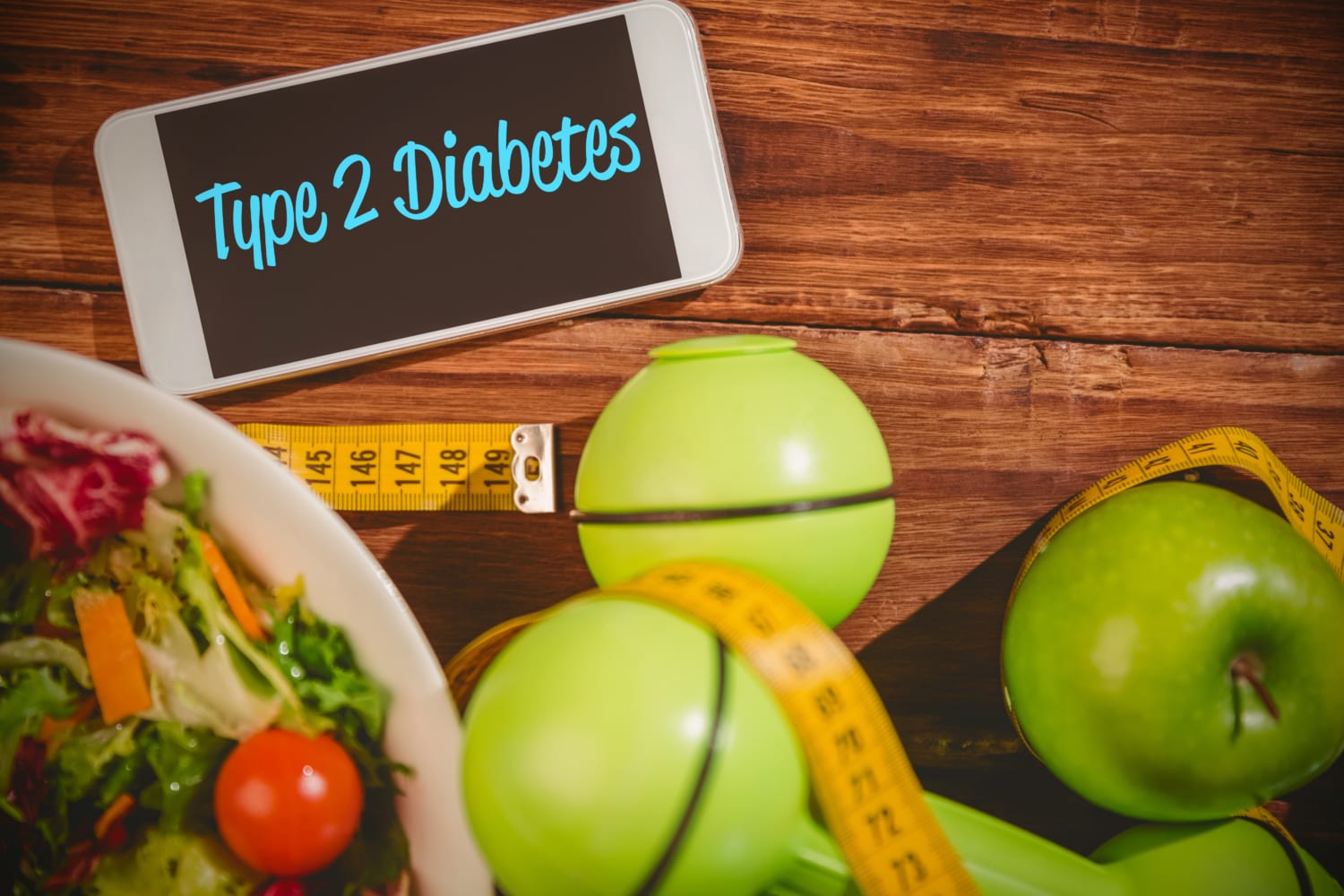Type 2 Diabetes Symptoms You Shouldn’t Ignore

Type 2 diabetes, which affects over 30 million people in America, sneaks up on you. According to the Center for Disease Control (CDC), studies indicate that 25 percent of people with type 2 diabetes don’t even know they have it, because the symptoms can be subtle in the early states.
What is Type 2 Diabetes?
Type 2 diabetes is more common than type 1, which typically affects children. Type 2 is most likely to occur after the age of 45. It can appear when a person’s body doesn’t process insulin correctly. A hormone, insulin manages sugar, or blood glucose, into cells to use to generate energy.
Improper Treatment Can Cause Complications
When someone has type 2 diabetes, instead of entering the body’s cells too much blood glucose collects in the blood, keeping the cells from using blood sugar as energy. Sugar levels must then be corrected with insulin.
Without treatment, the person is in danger of having diabetes-related complications including:
- Kidney disease
- Cardiovascular disease
- Nerve damage
- Amputation
- Vision loss
Who is Most at Risk?
People especially at risk for type 2 diabetes can be those with certain risk factors:
- Obesity or being overweight
- 45 years of age or older
- Family history of diabetes
- High blood pressure
- Low HDL cholesterol
- High level of triglycerides, a type of fat found in the blood
- History of heart disease or stroke
- African American, American Indian, Asian American, Hispanic or Latino, Native to Alaska, Native Hawaiian, or Pacific Islander ethnicity
Pay Attention to Type 2 Diabetes Symptoms
Early symptoms can be mistaken for other problems, so people often shrug them off. These can include:
- Frequent urination along with increased thirst
- Flu-like fatigue
- Increased hunger
- Weight loss
- Numbness and tingling in hands and feet
- Itchy skin
- Slower healing of infections and sores
- Temporarily blurred vision
- Darkening of skin at the elbows, knees, neck or knuckles
- Urinary tract infections
- Depression
How to Manage Type 2 Diabetes
If you suspect you might have type 2 diabetes, see your doctor right away to be tested. If you have been diagnosed with type 2 diabetes you should make lifestyle changes to help keep blood glucose levels stable with the following:
- Healthy diet
- Healthy weight and body mass index
- Physical activity
- Sufficient sleep
- Quit smoking
- Follow doctors’ recommendations and take medications, including insulin, correctly
For more information, read 5 Small Daily Habits That Can Help Improve Your Health in a Big Way.

 EINSURANCE
EINSURANCE EINSURANCE
EINSURANCE EINSURANCE
EINSURANCE